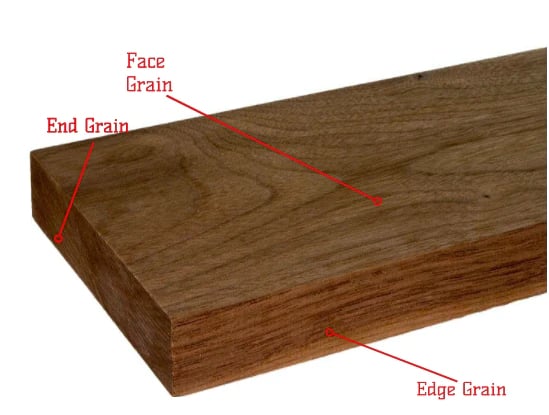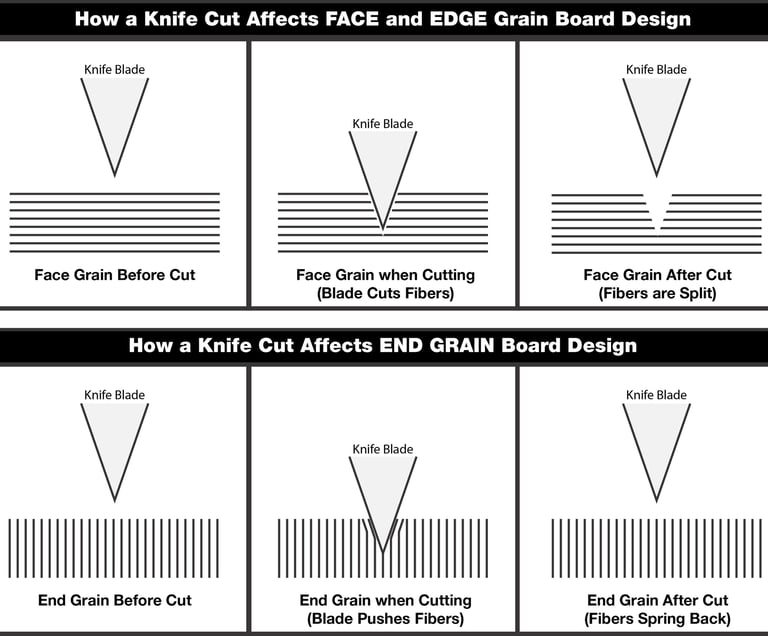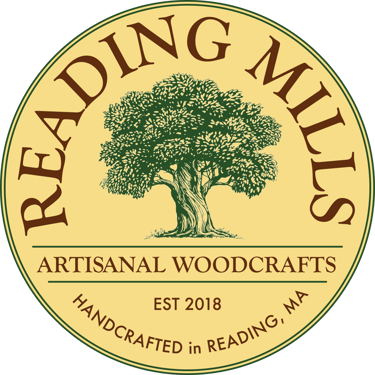Edge, Face, or End Grain
What do they mean and do they really perform diffrently?


Picture yourself holding a handful of Spaghetti with your thumb facing up. Each individual piece of pasta represents a strand of wood. These strands are how the tree moves food and water from the roots through out its entirety. The strands also form patterns as well as grain direction of any piece of wood. The grain directions are referred to as face grain, edge grain, and end grain (see picture above). So, as you are holding the Pasta, with your thumb up, that is how the tree fibers look in a standing tree. The end grain would be the top and bottom of the pasta, and the face and edge grain would be represented by the Pasta covered by your hand. In the illustration below, imagine the wood grain as if it were the Pasta in your hand.


The above illustration shows the impact of cutting for each type of grain direction. As a result of the direction of the fibers, or grain orientation, the end grain boards will keep knives sharper longer as well as hold off damage to the board better than the other grain direction boards. So, if end grain cutting boards are better for minimizing wear and tear on both the cutting board and your knives why do folks make and use boards made using edge or face grain? Great question! The answer is two fold. Edge and face grain boards are considered more attractive (by some) than their end grain counterparts. In addition, edge and face grain boards are generally less expensive as well because they are much easier and faster to produce. Basically, to produce an end grain board, the craftsman first needs to make a face or edge grain board, then cut the board into strips, flip them so the end grain is facing up, and re-glue them. Professional chefs prefer the end grain boards because of their durability and ability to maintain sharp knife edges longer. So, which style is best for you?
